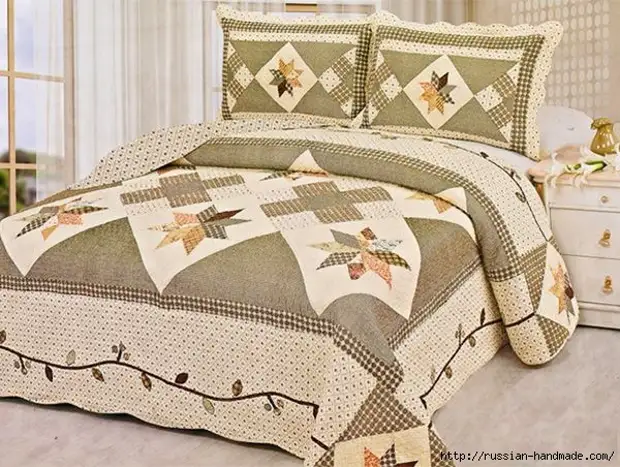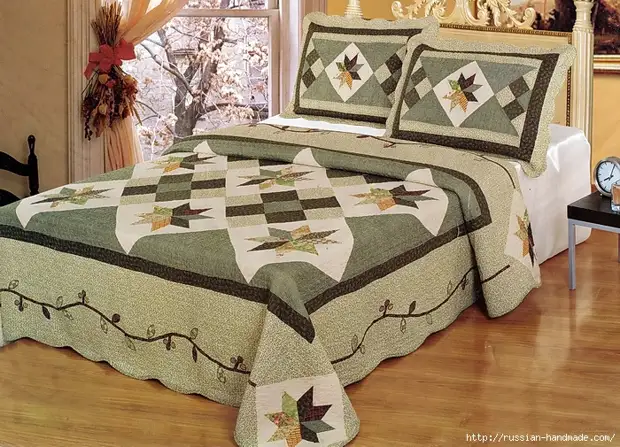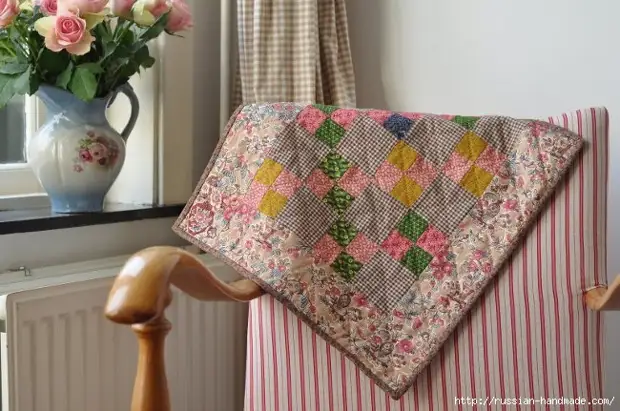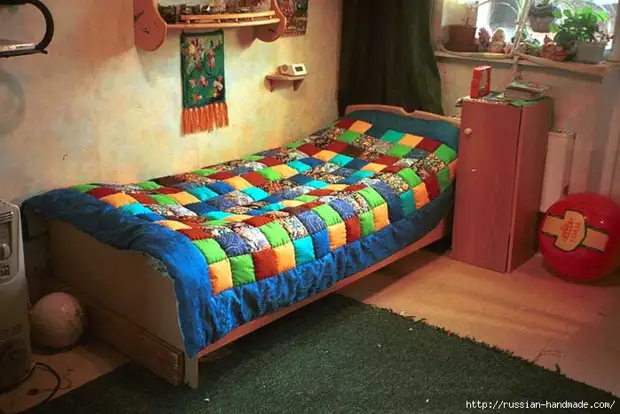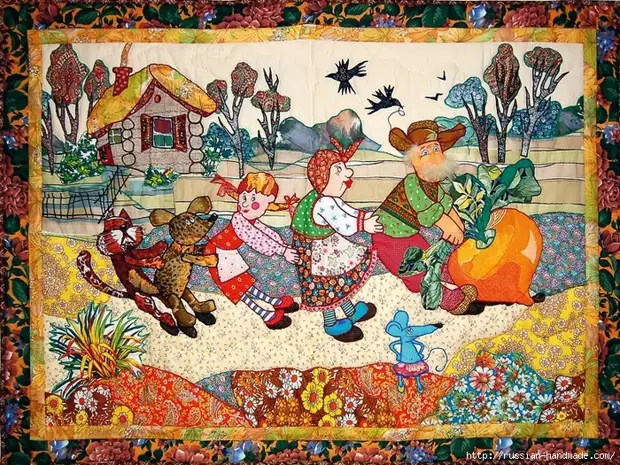Communication quote English-Handmade
In one of the most important rooms in our house, in the bedroom, where we enjoy the rest after the labordays, we restore our forces and indulge in oblivion), all the same, the main role is played by bed linen and bedding. It depends on how much healthy will be a dream, and thanks to the color of bed linen, the whole room can be transformed, completely change the interior of the favorite room. Who of us does not like their soft pad and a warm light blanket, from under which you do not want to get out in the morning) I propose to familiarize yourself with a training course for newbies to sewing blankets in the technique of Patchwork . From the article you will learn what fabrics can be used to sewing a beautiful blanket, which is necessary for sewing, how the fabric and much more is rebuilt
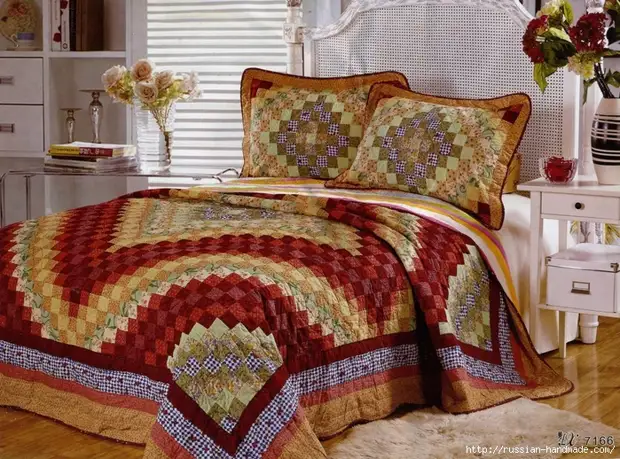
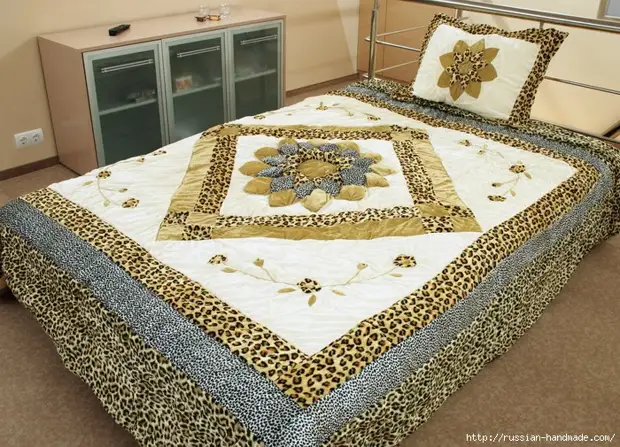
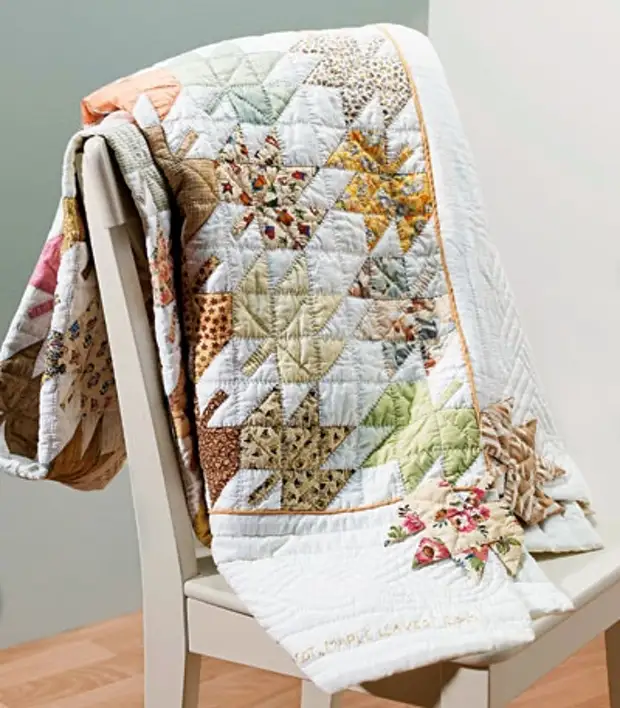
What fabrics are suitable?
Better if the fabrics are the same in quality. Cotton fabrics are perfect for beginners: products of them are easy to wash, and most importantly - draw and sew. Pick the drawings according to your own fantasy. But first is better to choose fabrics with a pattern in a single tonality and combine them with monophonic tissues. It is very important before the start of cutting the tissues to cut off all edges from them.
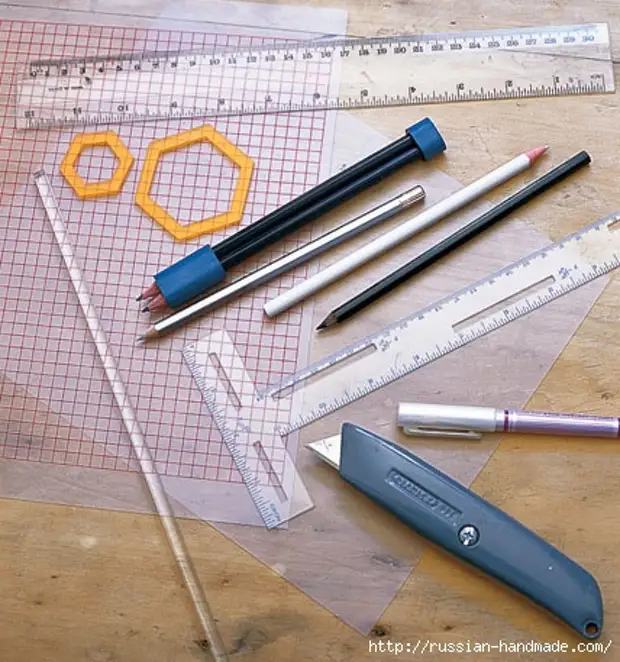
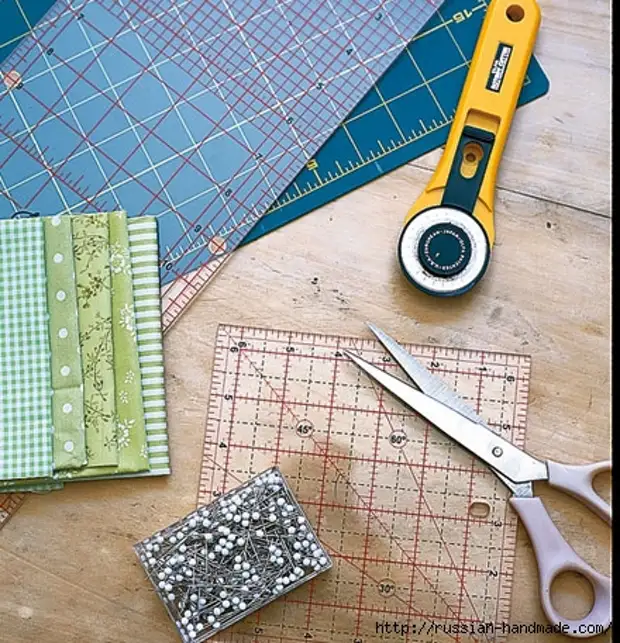
What you need for marking and cutting
Plastic templates
Pencils and markers
Rule
Knife Cutter
What you need for measurement and cutting
Rug for cutting
Round knife cutter (with a blade in the form of a rotating wheel)
Raster rules
Pins
Scissors
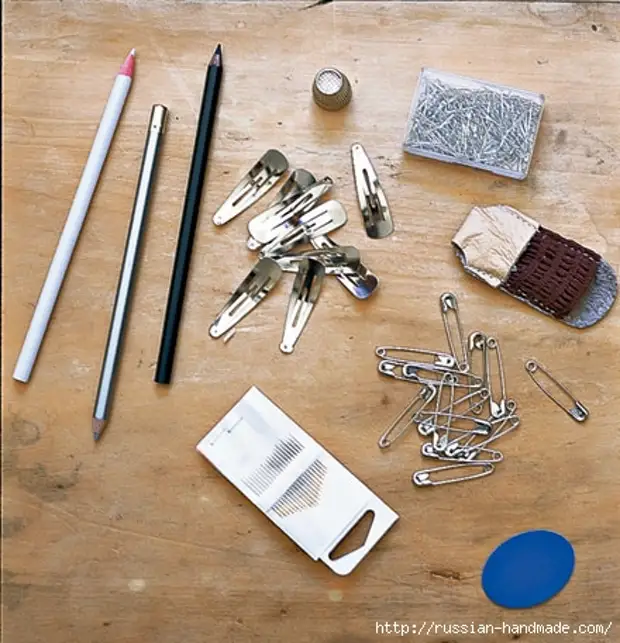
What you need for the overacting and edging
Thimble
Pins with heads
English pins
Clips or clamps
The pencils
Needles for sewing
Simple geometric patterns can be carved using a conventional raster line. For more complex shapes, take plastic templates instead of paper templates. They are not only more durable, but also transparent, so through them you can easily look out the pattern on the fabric. Sometimes you can also find templates with finished marking for geometric patterns. Flashing the fabric twice to fold in the longitudinal direction so that four layers are obtained (the bends should pass in parallel to the edges). Put the fabric on the rug for cutting so that the sections are on the right. Put a raster line at a right angle to the split and fir the cloth cuts. Fabric spread out and check if straight cuts. As a last resort, repeat the operation.
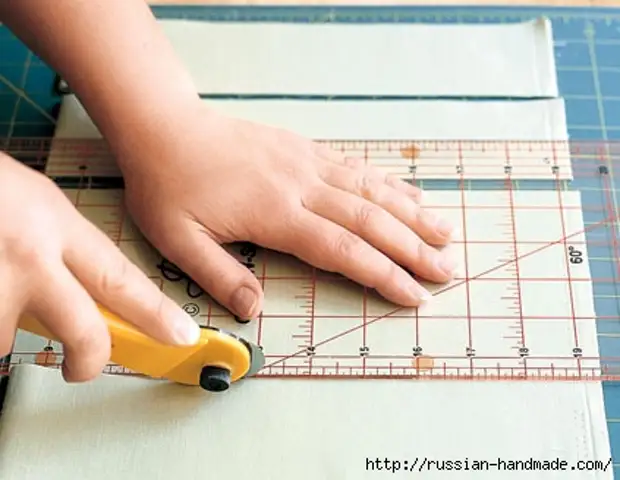
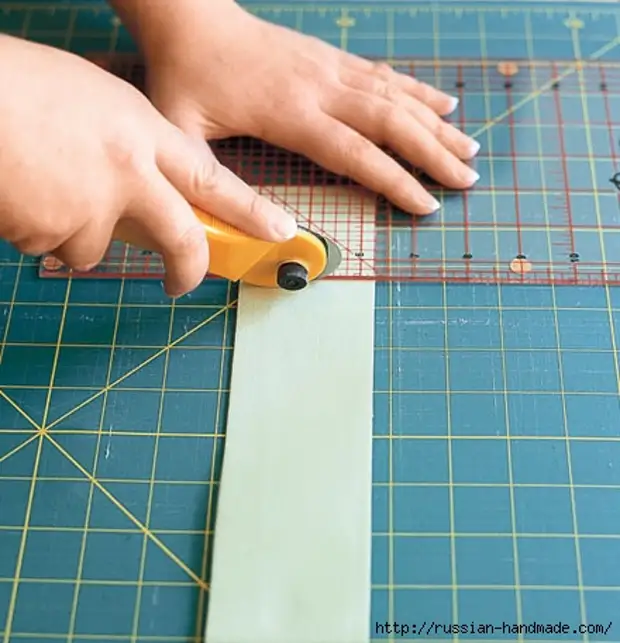
Turn the rug with a cloth 180 °, now cuts must be left. Measure the strip of fabric. Use the vertical scale on the right side of the ruler to measure. Cut 3-4 strips. Turn the mat again and fir the cuts. To get rectangles or triangles, cut the appropriate squares. Store two loskutka face to face and take on one side. Experienced masters are sharpening with one suture, without cutting the threads and does not raise the paw of the car. ATTENTION: With this method of heat between the square, several stitches appear, not exciting fabric.
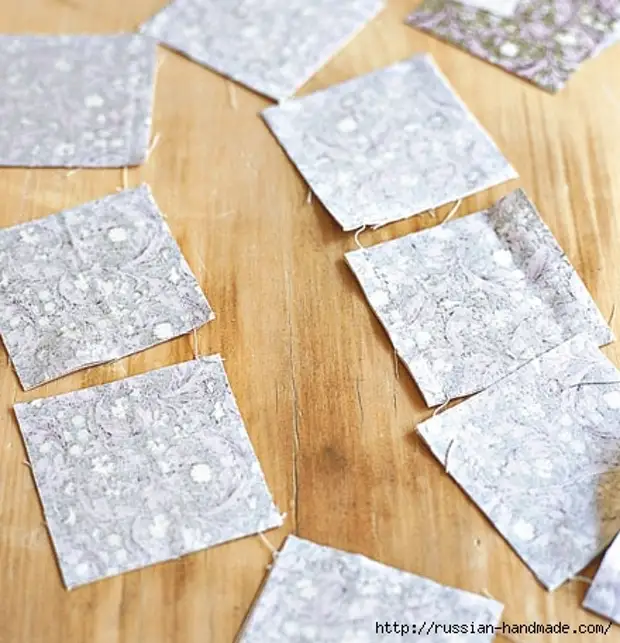
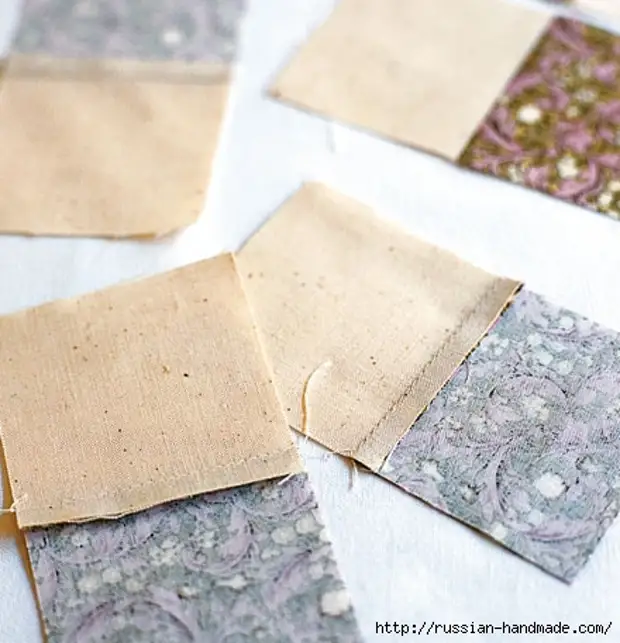
When sharpness is rapidly becoming allowed on a darker cloth. To get a square block from the pillars, just turn together two already coated square loskutka so that the patchworks from different fabrics are in a checker order.
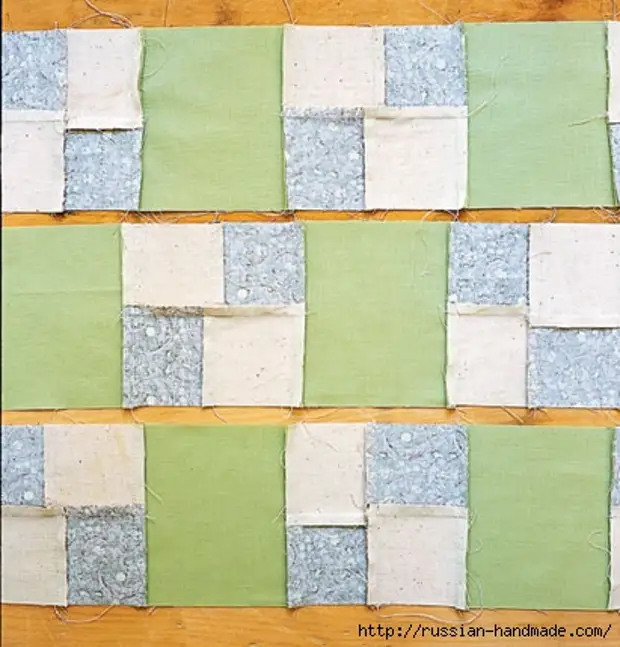
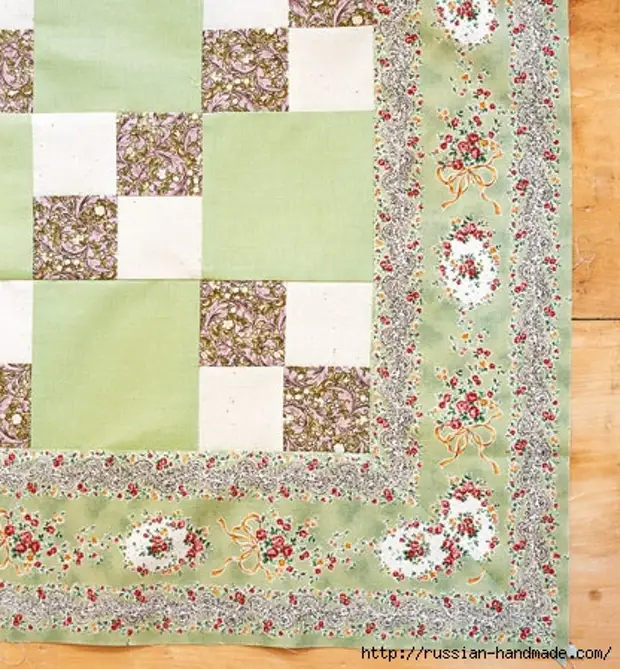
You can get stripes from losktkov in the following way: Still squares of four square colored laced chains and rectangles or squares from one-photon fabric in a checker order. After that, step again in a checker order (with displacement) individual rows of flaps.
In the following photo, you will see that on the bedspread, each inner series consists of monophonic squares and blocks of four multi-colored chambers.
When will be ready for the central part of the product from the pillars, proceed to sewing borders. The perimeter of the central part of the product determines the total length of the border. Usually borders attached to the sides of the central part are stepping out the "corner of the envelope". The length of the border for each side is considered as follows: the length (or width) of the central part of the product + double width of the curb (for the "corner of the envelope") + allowances for the seams. Cutting the border to the side of the central part of the product, finish the seam, not reaching 6 mm to the angle. At the corners, beolate the fabric exactly at an angle of 45 °. Cut off the remaining allowance for the border.
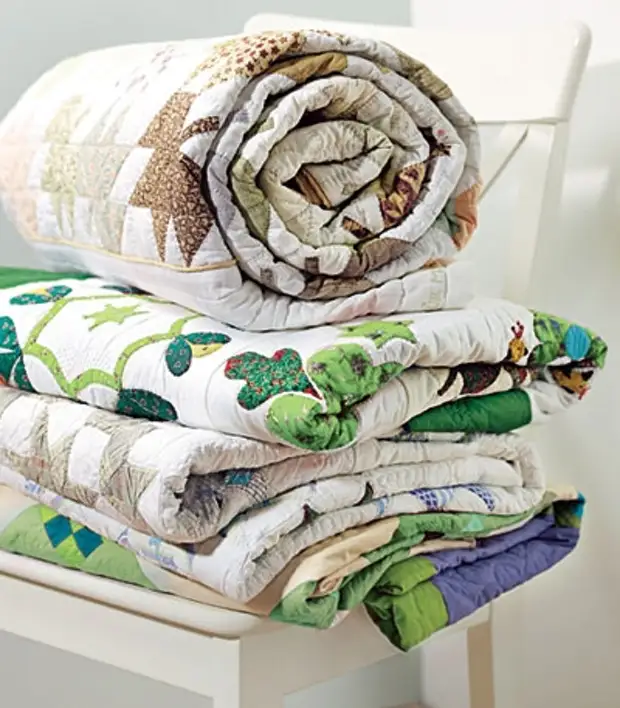
Sacking
Quilted products made of losquets consist of three layers: the upper and lower (from the loskuts, or, as an option of the top - from the pits, the bottom - from the monochrome tissue) and the inner (volumetric, which gives the product a special relief when essaying). Before connecting all three layers, carefully reveal the upper and lower sides. The bottom side decompose the front side and lock on the surface with a painting ribbon. Internal part and upper side (face up) decompose on the bottom, smoothly scroll from the center to the periphery at intervals 20 cm fix the English pins. If you are going to shift the product manually, you sweat all three layers along and across the seam intervals of 15 cm, alternately removing the pins. Only then after this with a thin pencil, apply the nursing lines on the upper side of the product.
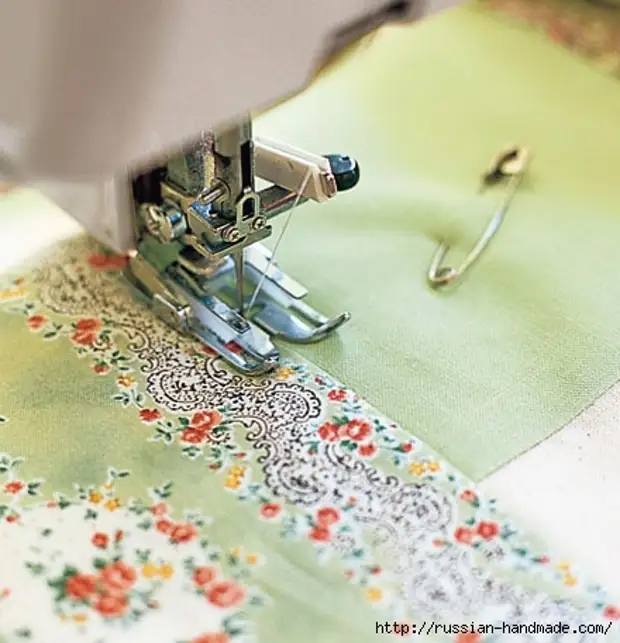
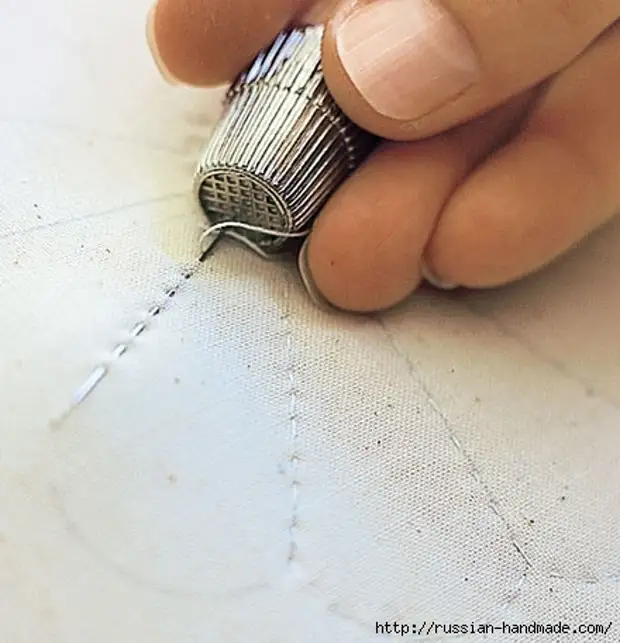
Sacking with a sewing machine
Make sure that the upper and lower side does not slide relative to each other. To do this, insert a special, raised leg of the machine. Railways always from the center to the periphery, otherwise waves will appear on the product. Whatever the seam on the product was almost impaired, but there was a beautiful structurality, rocked exactly in the seam of sharpness. At the end and beginning of the seam, make the screens: Raise the bottom thread up and make several stitches of the smallest size. The optimal length of the leaf is 7 mm. After you fix the leaf, cut the ends of the thread. Tip: During ease, the free part of the product twist into the roll - so it will be more convenient for you to work
Manually shifting
With this method of operation, the product is tensioned into the frame (like a hoop for embroidery). The perfect option is a manually made frame that you can lean to the table, as a result you will have free hands. When eased manually, the neck also from the center to the periphery. A small needle with a thread of 50 cm long at some distance from the original point, draw stitches through all three layers of the product. In one reception, perform several smooth small stitches, then gently pull the thread. Tip: Work will work easier if you are on the middle finger of the working hand put on the thimble, and on the index finger of another hand, which supports the product from below, wear a leather cap.
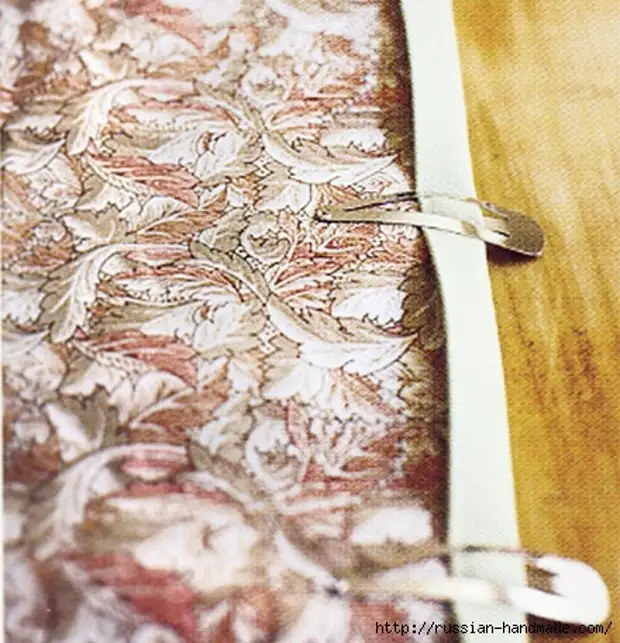
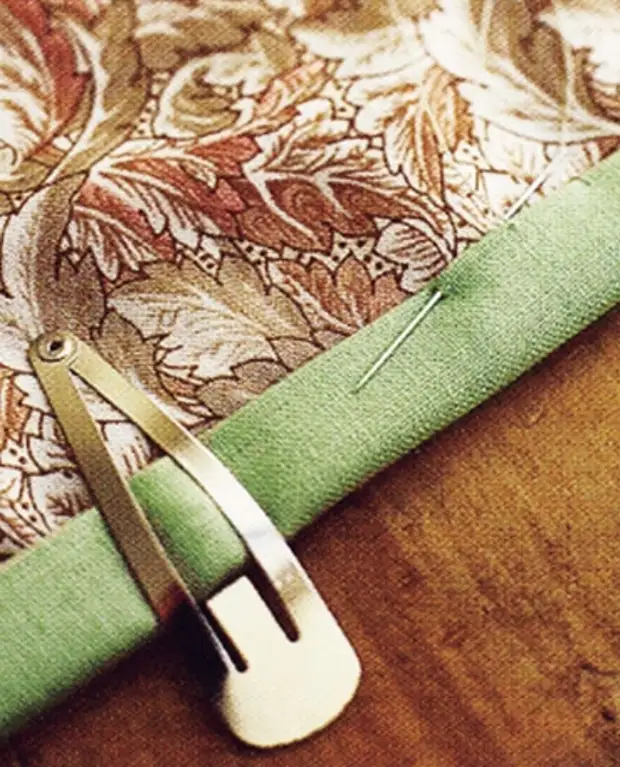
First, the fabric for edging, cut the strips across the share thread. Shird-on edging - approximately 7 cm. The total length of the steel strips is equal to the perimeter of the product + 15 cm for diagonal angles + obsessions at the ends. Strips Still at an angle of 45 ° to one long strip. The strip is deleted by folding it in half, the invalid side inward. Now decompose the strip in one layer. Along the top of the product, focus the sections of the inside and the bottom. One end to start inward so that a triangle appears. Starting from this root end, the strip is pinned to the upper side of the product along the entire length of one side with an interval of 10 cm. Section sections lie on the product sections. Slow at a distance of 7 mm from edge edging, grabbing all the layers of the product.
Edging: step by step
Without reaching 7 mm to the corner of the product, interrupt the seam, follow the leaving. Turn the edging band at an angle of 45 ° outward, then turn down the band down so that the fold is exactly at the level of the injected edge of the edge. Te-feathers push at a distance of 7 mm from the edge of the edging along the next side of the product, grabbing all three layers. Other corners are treated in the same way. When you thus end all sides of the product, i.e. You will reach the start of the edging, cut the extra filming of the edge, turn the end and over the end of the seam. Finally, wrap the edge to the bottom side of the product, fix the clamps and the trigger to manually secret stitches.
